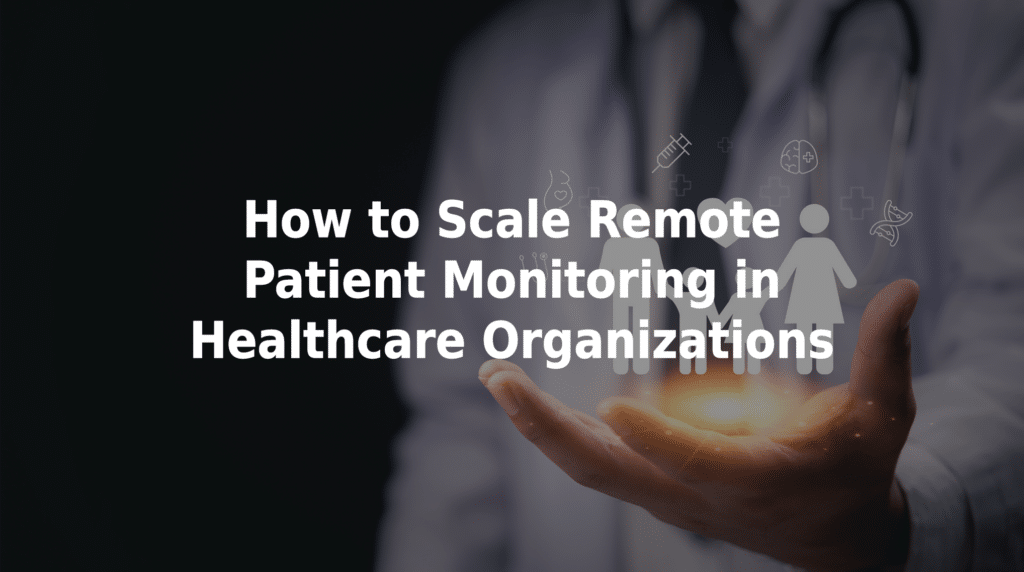How to Scale Remote Patient Monitoring in Healthcare Organizations
Learning how to scale remote patient monitoring in healthcare organizations will allow your team to expand its impact, improve health outcomes, and maximize value-based care performance. While many organizations successfully launch pilot RPM programs, growing them system-wide still requires careful planning, workflow alignment, and technology to support this transition.
RemotePatientPro™ (RPP) offers a scalable RPM platform designed to meet the evolving needs of multisite, multi-specialty healthcare providers, without adding additional work and administrative burdens.
Why Scaling RPM Is a Priority
As remote care becomes a core part of chronic disease management, post-acute care, and preventive outreach, RPM must move beyond isolated use cases. Scaling ensures that more patients benefit, staff resources are optimized, and your organization maximizes reimbursement and shared savings under value-based care models.
Research by the American Medical Association notes how roughly 93% of physicians believe digital health tools are advantageous to patient care, and over half are enthusiastic about RPM as one of those services.
How to Scale Remote Patient Monitoring in Healthcare Organizations
1. Build a Scalable RPM Infrastructure
Choose a platform designed to grow with your organization. For example, RemotePatientPro supports large patient volumes, multisite deployments, and varied clinical use cases. From cardiovascular care to maternal health, we tailor RPM pathways to the needs of your population.
2. Centralize RPM Management
Create a dedicated RPM team or designate coordinators to manage enrollment, compliance, and patient follow-up. Centralized models create a standard process that reduces redundant tasks and improves patient engagement across your network.
3. Automate Workflows Where Possible
Automation is key when scaling. RPP integrates with your EHR, enabling auto-enrollment, rule-based alerts, and streamlined documentation — saving clinical teams time and reducing errors.
4. Prioritize Patient Engagement
As RPM scales, patient engagement must remain strong. RPP offers multilingual onboarding, in-device coaching, and secure messaging to keep patients active in their care — no matter the size of the program.
5. Monitor KPIs and Adjust at Scale
Track program success using dashboards that show compliance, readmission rates, cost savings, and patient satisfaction. Scaling effectively means continuously optimizing based on outcomes and resource utilization.
Scale RPM With Confidence Using RemotePatientPro
RPP helps healthcare organizations design and expand RPM services that deliver measurable results. Whether you’re moving from a pilot program to full deployment, or scaling across new locations within your network, we’ll guide you every step of the way.
Contact us to learn more about a program.

